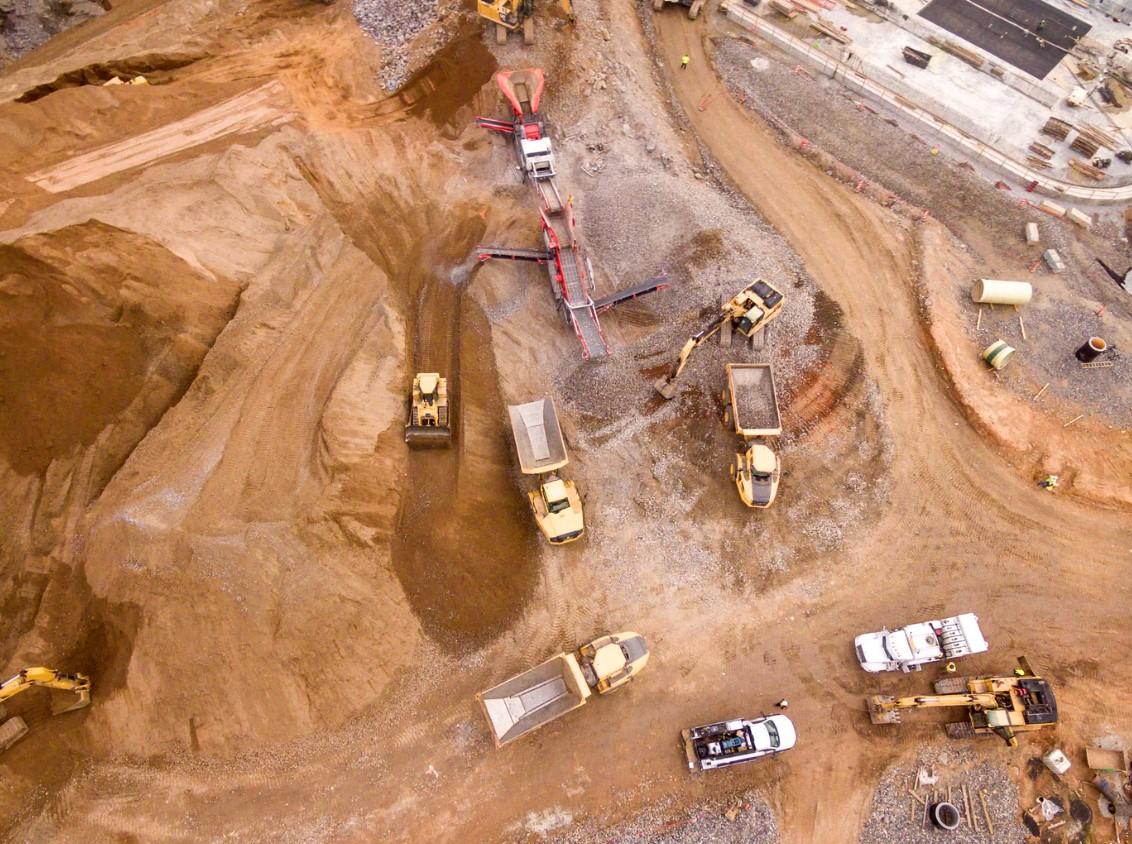Business Energy Broker
The sales of electric vehicles are hitting record numbers, and forecasts show increasing growth to support clean energy pledges, but can key minerals required for EVs struggle to meet this demand?
The electric vehicle (EV) market has proven to be one of the most dynamic in clean energy over the past few years. As the IEA report, sales of EVs hit a record 6.6 million in 2021, double that from 2020, and made up nearly 10% of global vehicle sales, four times more market share than in 2019. The growth of EVs is clear and strong, and 2022 figures continue this trend with 2 million sales in the first quarter, a 75% increase compared to Q1 2021.
Success and growth of the EV market comes from key driving factors such as sustainable policy support, subsidies and incentives, national pledges to phase out combustion engines and increasing EV models from multiple carmakers. In 2021 subsidies and incentives nearly doubled compared to 2020, with 30 billion USD supporting sales. Meanwhile, there are now around 450 EV models on the market from a range of carmakers.
The 2021 sales were dominated by China which accounted for half of the global growth; meanwhile, Europe increased their growth by 65% with 2.3 million sales, and the US recovered from a 2-year decline with 630,000 sales. 2022 shows similar results, with China accounting for most of the global growth while the US increased sales by 60% and Europe by 25%.
Electrifying transport remains of global importance and Russia’s invasion of Ukraine has only supported efforts to reduce oil demand, a benefit of switching to EVs and outlined in the IEA’s 10 measures to cut oil use in the near term. For example, EV deployment at the rate of announced pledges would displace 1.6 million barrels of oil a day by 2025 and 4.6 million by 2030.
However, the strong growth increases in EV sales have tested the mineral supply chains, particularly during COVID-19 and Russia’s invasion of Ukraine. As such, prices of raw materials required in EVs, such as cobalt, lithium and nickel, multiplied, with lithium being recorded at 7x higher in May 2022 compared to the start of 2021. Battery demand and lack of structural investment are key factors to cost increases.
Critical mineral supply chains will continue to be under pressure as demand increases in line with global net-zero ambitions and electrification of transport. Investments will be important for the short-term supply chain in areas where lead times are considerably slower than in other areas such as mining. Fortunately, mineral supplies are projected to meet the demand for EV batteries until the end of the 2020s.
To meet EV battery demand forecasted from announced pledges by 2030, some key minerals will need to increase supply significantly. For example, lithium will require an over 30% increase as it is projected to have the largest demand-supply gap for the supply chain. In 2030, we require 50 new average-sized mines to meet projected growth.
For more information, please see the IEA’s Global EV Outlook 2022.

More information is available by speaking to Jason Thackray on 0333 9000 246 or email :
jason.thackray@utilityswopshop.co.uk